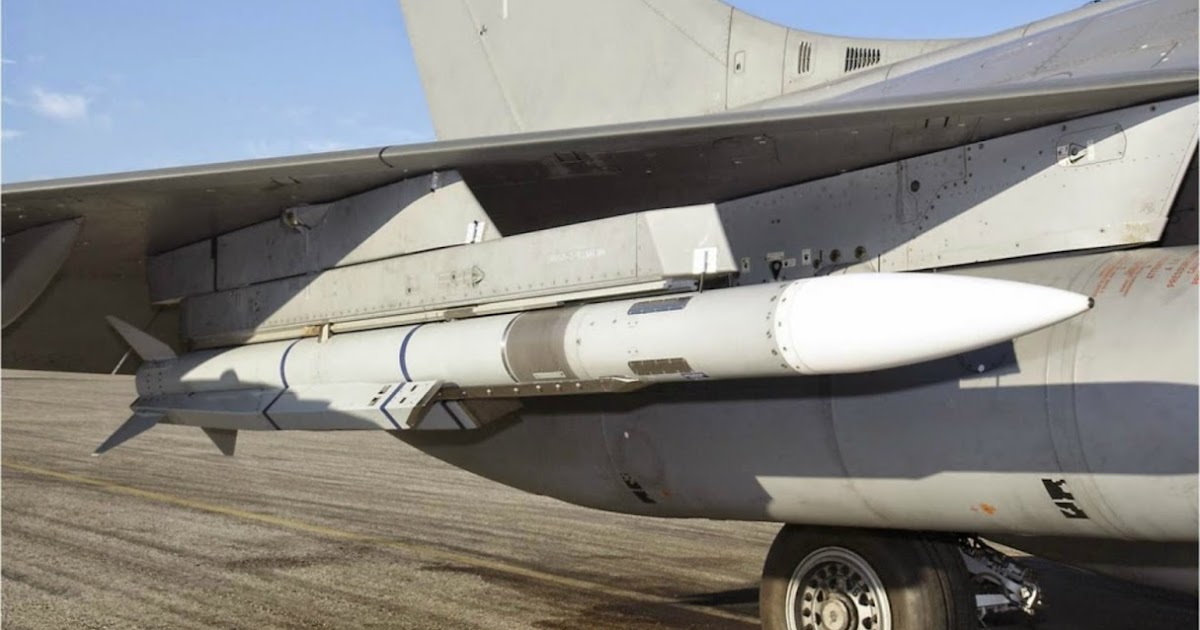Boagrius
Well-Known Member
To my mind, long range strike has changed fundamentally since the days when the F111 needed its long legs to drop gravity bombs on its intended targets. If we want to be able to strike into the archipelago to our north (and beyond) then there are a multitude of systems that could provide that capability (and not all of them require aircraft as a deliver platforms). I'm not sure adding a new and increasingly obsolete aircraft type to the inventory is the best way forward. A few things to consider:
- AFAIK work is still underway on an evolution or replacement of the F35's F135 powerplant using developments in variable bypass technology. This could yield significant enhancements to the range of the F35 fleet later this decade.
- There is also the question of munitions. The commitment to LRASM is telling here, but continued investment in a range of standoff weapons for the F35 fleet ought to be tremendously helpful. While not integrated yet, weapons like JASSM-ER & XR should be excellent candidates in due course, along with JSM, SiAW (AARGM-ER), JSOW-ER and even HAWC.
- I believe LRASM can be launched from a variety of containers, ranging from deck mounted box launchers to Mk41 VLS cells, so (bearing in mind that LRASM has a secondary land attack function) we could conceivably distribute them across every major surface combatant (Harpoon replacement) in the RAN... ditto for NSM.
-The elephant in the room - Tomahawk. Another weapon that could be added to the arsenal of Hobart/Hunter as well as Attack/Collins. The US (and especially the USMC) also seem intent on reviving GLCM and using it as an integral part of their Pacific strategy. If we have been given the green light by the neighbours then I think a compelling case can be made for adopting it in both the Army and RAN.
- Beyond this what you are left with is the need for sufficient ISR to ensure all these weapons actually find their targets. F35, Triton, P8 with APS-154, Wedgetail and Peregrine all strike me as extremely potent platforms to this end. We actually seem to have many/most of the raw materials needed to make it work - we just need more of the stuff that flies a long way and goes bang.
I'd add that distributing a variety of standoff weapons across the services should offer a lot more versatility and redundancy to our strike capability than relying on a single fleet of aircraft alone. At the very least it ought to give us plenty of strike options for the next ~15 years or so, by which time the USAF PCA program ought to provide an F111-like reach anyway (assuming they'll sell it to us).
- AFAIK work is still underway on an evolution or replacement of the F35's F135 powerplant using developments in variable bypass technology. This could yield significant enhancements to the range of the F35 fleet later this decade.
- There is also the question of munitions. The commitment to LRASM is telling here, but continued investment in a range of standoff weapons for the F35 fleet ought to be tremendously helpful. While not integrated yet, weapons like JASSM-ER & XR should be excellent candidates in due course, along with JSM, SiAW (AARGM-ER), JSOW-ER and even HAWC.
- I believe LRASM can be launched from a variety of containers, ranging from deck mounted box launchers to Mk41 VLS cells, so (bearing in mind that LRASM has a secondary land attack function) we could conceivably distribute them across every major surface combatant (Harpoon replacement) in the RAN... ditto for NSM.
-The elephant in the room - Tomahawk. Another weapon that could be added to the arsenal of Hobart/Hunter as well as Attack/Collins. The US (and especially the USMC) also seem intent on reviving GLCM and using it as an integral part of their Pacific strategy. If we have been given the green light by the neighbours then I think a compelling case can be made for adopting it in both the Army and RAN.
- Beyond this what you are left with is the need for sufficient ISR to ensure all these weapons actually find their targets. F35, Triton, P8 with APS-154, Wedgetail and Peregrine all strike me as extremely potent platforms to this end. We actually seem to have many/most of the raw materials needed to make it work - we just need more of the stuff that flies a long way and goes bang.
I'd add that distributing a variety of standoff weapons across the services should offer a lot more versatility and redundancy to our strike capability than relying on a single fleet of aircraft alone. At the very least it ought to give us plenty of strike options for the next ~15 years or so, by which time the USAF PCA program ought to provide an F111-like reach anyway (assuming they'll sell it to us).

